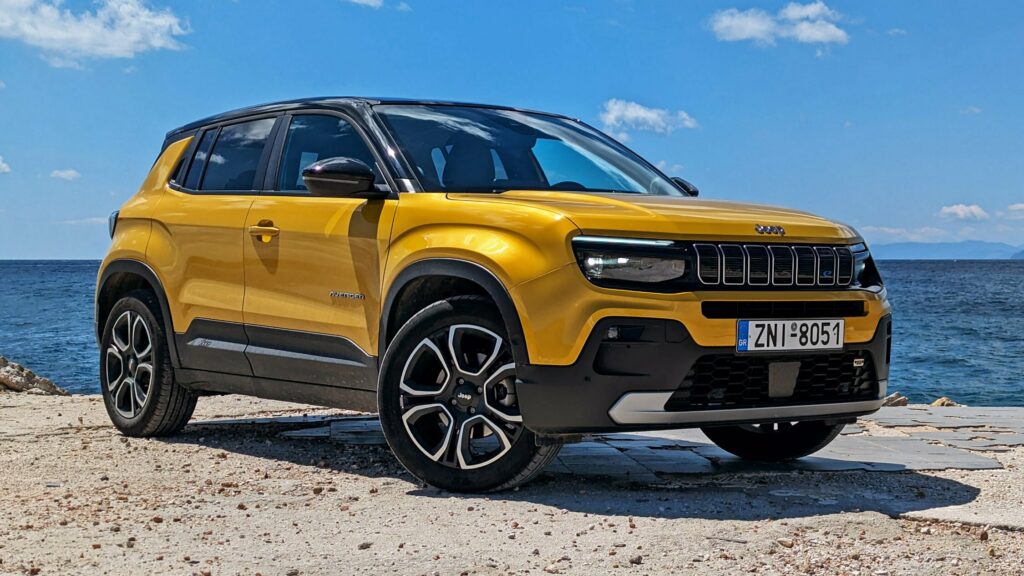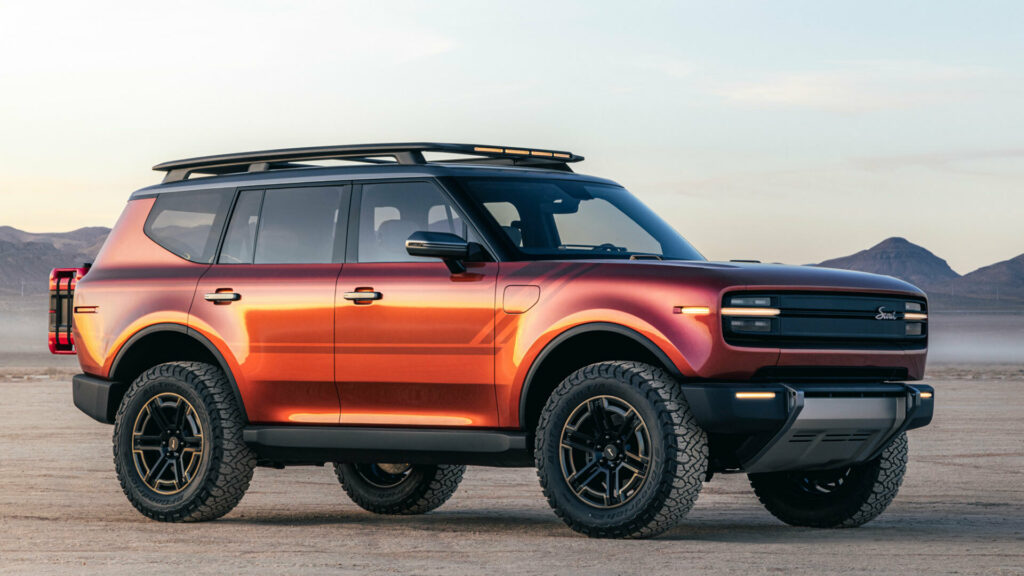Land Rover’s Owner Built A Baby Land Rover For Less Than A Bespoke Paint Job
- Sierra returns to India with a design flair worthy of a Land Rover.
- Production model keeps the concept’s styling and tech-filled cab
- Launches with gas and diesel engines, with EV and hybrid to follow.
Tata has re-entered the Indian SUV segment with the comeback of the Sierra, reviving a nameplate that has been absent for more than two decades. The reborn Sierra arrives with near concept-car styling, modern technology, and a price tag that feels shockingly affordable for what it offers.
More: JLR’s Parent Company Made An Electric SUV With Drift Mode For Just $25K
The new Sierra first appeared as a concept in 2023, and the production version remains remarkably faithful to that design. Its squared-off silhouette and rugged stance lend it Land Rover vibes, a detail made all the more interesting given Tata’s ownership of JLR.
Premium Looks
The strong B-pillar and wraparound rear glass nod to the original three-door Sierra of 1991, which stayed in production until 2003. Those retro cues meet contemporary details like glossy black cladding, aluminum-effect skid plates, sculpted rear haunches, and an upright tail capped with full-width LEDs.
Base models sit on 17-inch steel wheels, while top trims roll on 19-inch alloys with a more polished look. The overall design wouldn’t feel out of place alongside a modern-day Freelander or even a compact Defender.
Tata has also given us a glimpse of the upcoming Sierra EV that stands out thanks to a Tesla-like full-width LED bar and a grille-less look for the redesigned front bumper.
The Sierra measures 4,340 mm in length, 1,841 mm in width, and 1,715 mm in height, with a 2,730 mm wheelbase and 205 mm of ground clearance. That footprint plants it squarely among rivals such as the Hyundai Creta, Kia Seltos, Honda Elevate, Suzuki Grand Vitara / Victoris, Toyota Urban Cruiser Hyryder, Skoda Kushaq, and VW Taigun.
High-Tech Interior
Step inside and the Sierra greets you with a triple-screen setup: a 10.25-inch digital cluster, a 12.3-inch infotainment screen, and a matching 12.3-inch passenger display.
The options list runs deep, including a 12-speaker JBL system with a dashboard sound bar, ambient lighting, dual-zone climate control, wireless charging, ventilated seats, and what Tata calls the largest panoramic sunroof in its class.
More: This Hatchback Is Three Times Cheaper Than A Corolla
Tata promises a roomy and comfortable five-seat cabin, finished with soft-touch materials and offering a 622-litre (22-cubic-foot) boot. The company has also placed strong emphasis on safety, even showcasing a crash test that recreated a vehicle-to-vehicle impact. Standard equipment includes six airbags and an ADAS suite with Level 2+ autonomous features.
Flexible Underpinnings
The Sierra rides on Tata’s new ARGOS platform (All-Terrain Ready, Omni-Energy, and Geometry Scalable architecture), designed to support multiple powertrain types.
At launch, the Sierra will be available with a naturally-aspirated 1.5-liter gasoline engine producing 105 hp (78 kW / 106 PS), a turbocharged 1.5-liter with 158 hp (118 kW / 160 PS), and a 1.5-liter turbodiesel with 116 hp (87 kW / 118 PS).
More: Renault’s $7K SUV Just Got Sharper And Smarter Without Raising Prices Much
Transmission choices include a six-speed manual, a seven-speed dual-clutch, or a six-speed automatic. All versions are front-wheel drive for now, with selectable terrain modes, but all-wheel drive is planned. Later on, the lineup will expand to include fully electric, hybrid, and CNG options.
Priced To Sell
And that brings us to price, arguably the Sierra’s biggest talking point. Tata has announced a starting figure of ₹11.49 lakh (around $12,800 or about what you’d pay for a bespoke color at Range Rover), which positions it as strong value in its class.
Even so, it lands just above the Hyundai Creta, priced from ₹10.72 lakh ($12,100), which continues to dominate India’s SUV charts.
Orders for the Sierra open on December 16, with deliveries beginning January 16. For now, Tata says the model will be sold exclusively in India, with no export plans on the table.





























